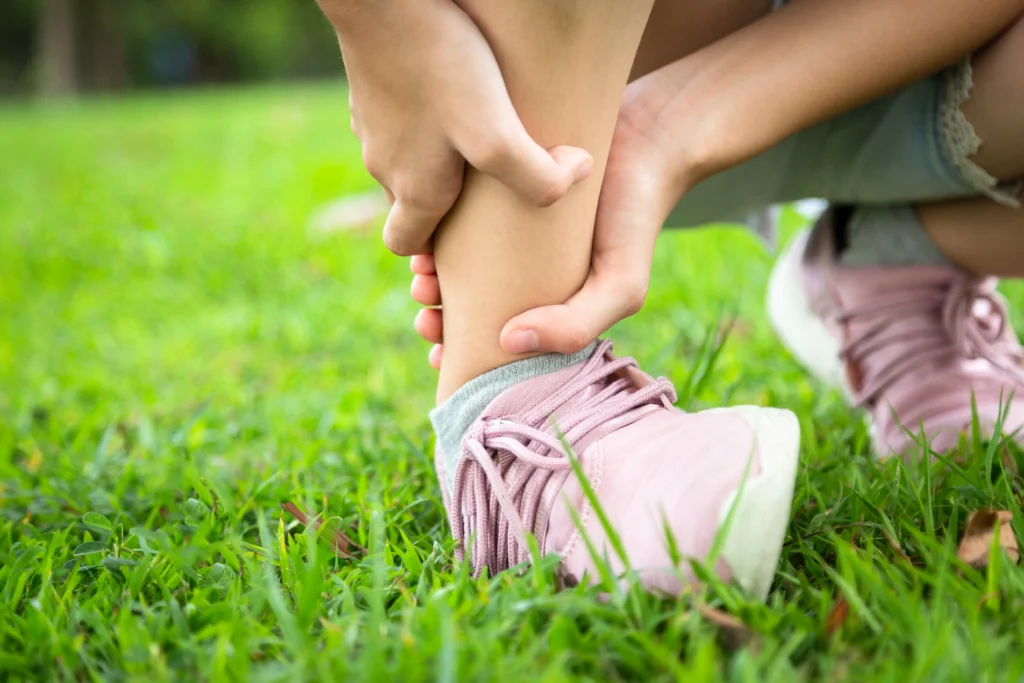What is Os Trigonum Syndrome?
An os trigonum is an extra bone located behind the talus (ankle bone) that can develop at birth. Only a small number of people have this extra bone.
Os trigonum syndrome is the inflammation of the area in the back of the ankle, typically triggered by an injury, such as a fall or an ankle sprain. Os trigonum syndrome can also be caused by the repetitive downward pointing of the toes, which is common among dancers, soccer players, and other athletes.
Identifying Os Trigonum Syndrome Pain
Patients with os trigonum syndrome typically complain of pain in the back of the ankle, occurring mostly when pointing toes downwards or walking. They will also often have tenderness and/or swelling in the back of the ankle.
Diagnosing Os Trigonum Syndrome
Diagnosis begins with questions from the doctor about the development of symptoms. After the foot and ankle are examined, x-rays and other imaging tests, such as an MRI, are often ordered to assist in making the diagnosis. Os trigonum syndrome can mimic other conditions, such as an Achilles tendon injury, ankle sprain, or talus fracture.
Surgical Treatments
Surgery is only performed if symptoms do not resolve with conservative treatment. Surgery involves removing the os trigonum, as this extra bone is unnecessary for normal foot/ankle function.
Non-Surgical Treatments
Nonsurgical treatment of os trigonum syndrome is usually attempted first. It is important to stay off the injured foot to let the inflammation subside. A walking boot is often used to restrict ankle motion and to allow the injured tissue to heal.
Medicating To Reduce Pain
Nonsteroidal anti-inflammatory drugs (NSAIDs), such as ibuprofen, may help reduce pain and inflammation. Placing an ice pack on the affected area may also help reduce swelling. In patients who do not improve with these methods, treatment may include cortisone injections, local anesthetics, or other agents.
When To See The Pediatric Orthopedic Center
If you feel your child is experiencing symptoms or signs related to this condition, it may be time to visit us. The Pediatric Orthopedic Center is the premier NJ hub for pediatric orthopedics, with three offices throughout northern NJ. Having been the leader in pediatric orthopedics in this area for 30 years, we are the largest and most award-winning pediatric orthopedic practice in the tri-state area.





